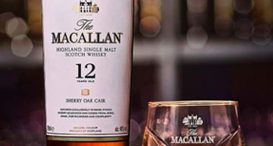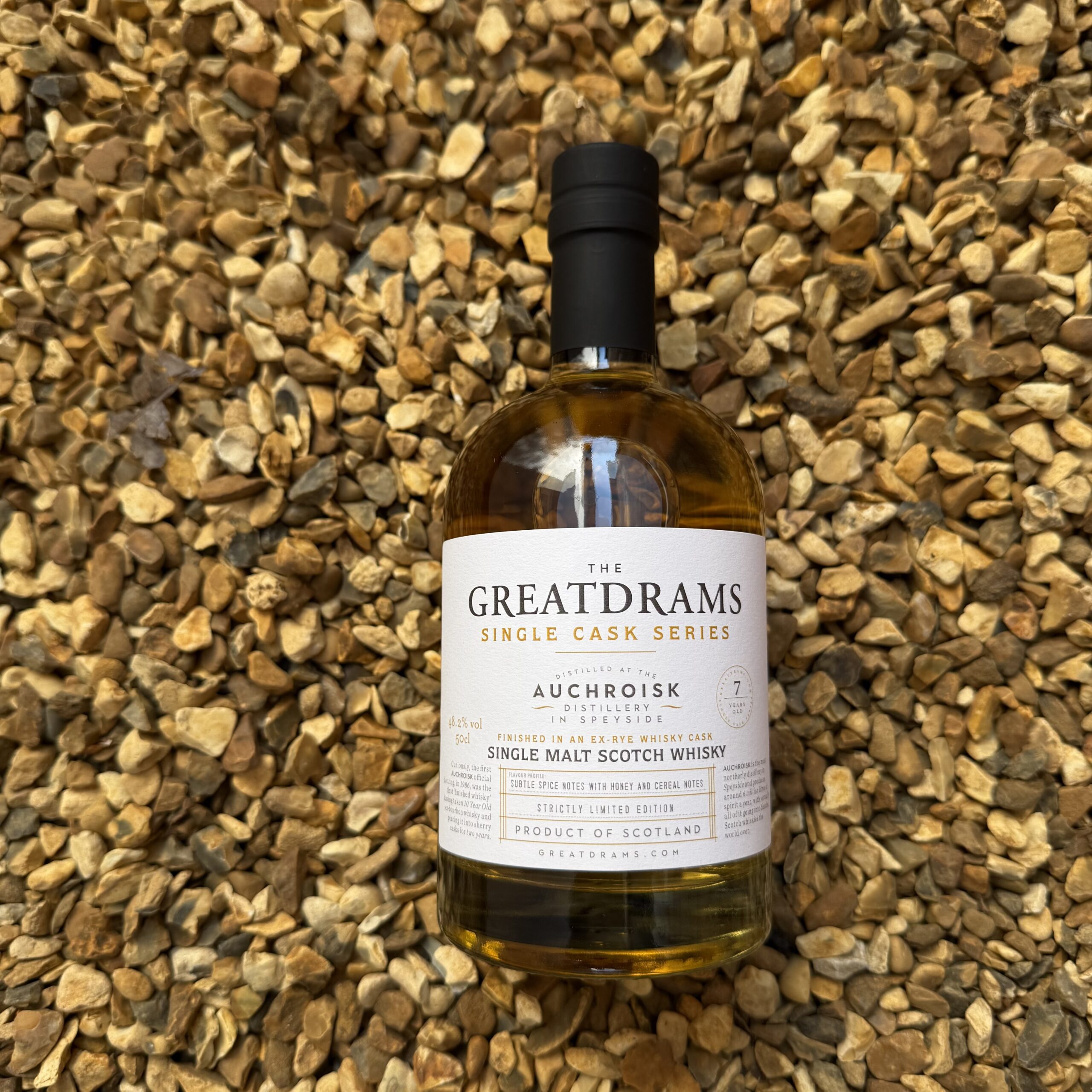Spot Range History
let’s begin
It’s hard to believe when we look back that the bottling of whiskey by wine and spirit merchants rather than a distillery was once the rule rather than the exception.
This was done under their own brand names after receiving the spirit from their own local distilleries and keeping it in their own casks. This was a business not without its charlatans, with unscrupulous bars and merchants altering the whiskey and often cutting it with water to increase their own margins. Obviously then, the time came where the distilleries simply chose to stop selling to many merchants, to ensure the quality and to guarantee a consistent product.
One story goes that in the early 60’s one Jameson executive having a tipple in the Palace Bar in Dublin looked behind the bar only to see at least four different types of bottle being used for John Jameson & Son whiskey and decided that the madness had to stop! The practice of selling casks to these merchants was slowly phased out throughout the 60’s and was finally stopped in 1970. Jameson had at this point joined with the other major distillers in Ireland to form IDL and thus the bonder’s era ended.
The spot range of single pot still whiskeys is a throwback to this era, it is a living and highly dynamic reminder of this period in the history of Irish whiskey. Precise records are sketchy as to when the brand first hit the streets but certainly it was well in production by the 1920’s. We know this since its purveyors, the esteemed Mitchell & Sons of Kildare Street in Dublin who had been in operation since 1805, were putting aside 100 sherry hogsheads each year for filling at the John Jameson distillery. Unlike all of the Pot Stills made in Midleton today the brand used around half Oloroso sherry and other dark sherry casks and around half Fino and other light sherry cask in order to age their whiskey. The Jameson pot still would mature for five years in those casks before being vatted together and then allowed to blend and mature for a further five years in those same butts in Mitchell’s old bonded warehouses in Fitzwilliam Lane. This unique maturation process coupled with the high quality distillate and the commitment of the Mitchell family to quality placed the brand far above many of its contemporaries and made it one of the most popular bonder’s whiskeys of the day.
Originally known as ‘Pat whiskey’ the spirit eventually gained its current name due to the process by which the Mitchell’s would mark each cask in their underground warehouse. Each cask was marked with a different colour of paint, just a ‘spot’ of paint to denote the age. Blue for the 7-year old, Green for the 10, Yellow for the 12 and finally red for the 15. When it comes to sherry casks nothing has changed, they are still comparatively very expensive when compared with bourbon casks and it was this cost that eventually caused the Mitchell family to trim their range and focus on the ever popular Green Spot.An additonal reason why bonding died out was because Sherry, Wine and Spirits were no longer transported in wooden casks from the late 50’s/early 60’s. Drinks such as Sherry were transported in Glass bottles from the area of production from this period. This combination of the lack of availability of wooden Barrels to bonders and the decision to faze out the supply of new make spirit & mature Whiskey to bonders contributed to the decline in this form of route to Market. So come 1970, when IDL decided to stop selling bulk spirit to bonders the Mitchell’s realised they couldn’t continue with their signature spirit, thus with Mitchell’s maturing stocks running low, and having no intention of losing their famous brand, the company entered into an agreement with Irish Distillers to produce the whiskey. A stipulation was that the whiskey supplied had to be matured in Midleton’s own casks, but IDL were able to guarantee the future of the brand as pure pot still whiskey.
Until 2011 only around 500 cases a year of Green Spot were produced, most of which were distributed by Mitchell & Son themselves. It truly was a hidden gem of Irish whiskey and stories are abound of Irish expats returning back to the U.S their bags stuffed with Green Spot! Since May 2011 IDL has thankfully rolled Green Spot out to more international markets, along with other iterations of the brand including Yellow Spot and the two editions from the wine geese series Green Spot Chateau Leoville Barton and the recently released Green Spot Chateau Montelena.
Green Spot is the only single pot still Irish whiskey which has been in constant production since the early 1900’s, the other contender, Redbreast, briefly ceased production in the 1980’s. Single Pot Still Irish whiskey was once the most popular spirit in the world and it seems that if IDL and the host of new Irish distilleries coming through have anything to say about it, it will once again be a major global category.













1 thought on “Spot Range History”
Interesting article on the one brand that kept Irish Pot Still whiskey alive, albeit on a life-support machine for a time! Well done Michael.